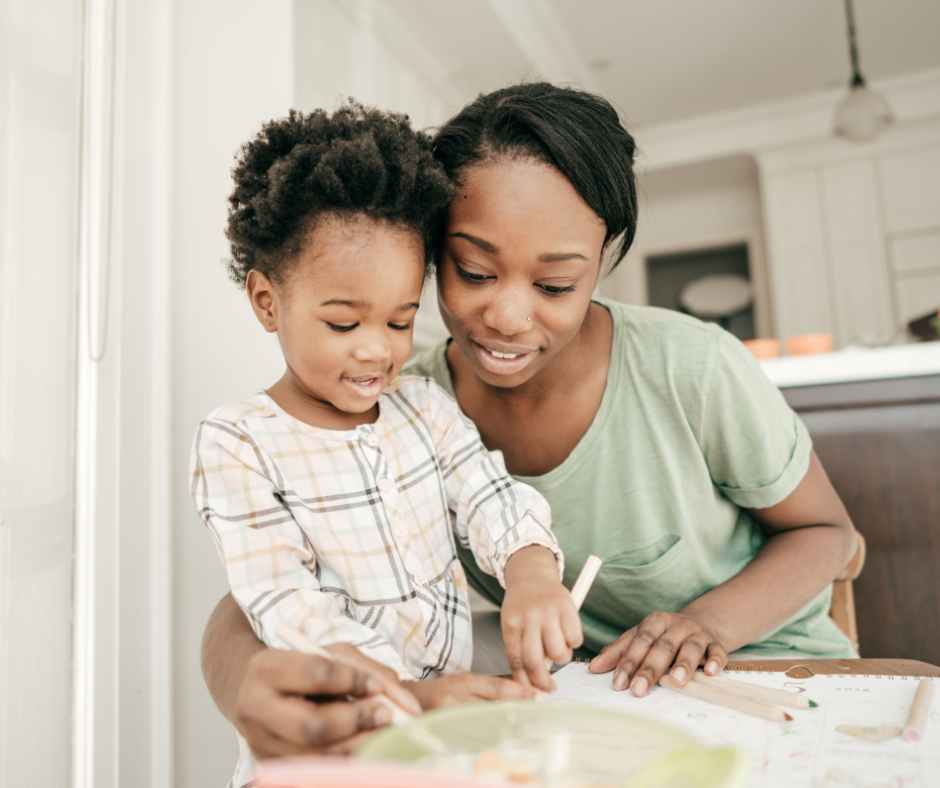Parenting comes with a long list of yeses—yes to snacks, yes to playtime, yes to staying up five more minutes. But sometimes the most powerful parenting tool is a simple, confident no. Setting healthy boundaries isn’t about being strict or unkind—it’s about creating a safe, respectful environment where both children and parents thrive.Let’s explore why …
Parenting comes with a long list of yeses—yes to snacks, yes to playtime, yes to staying up five more minutes. But sometimes the most powerful parenting tool is a simple, confident no. Setting healthy boundaries isn’t about being strict or unkind—it’s about creating a safe, respectful environment where both children and parents thrive.
Let’s explore why saying no matters and how it supports emotional well-being for the whole family.
Why Setting Healthy Boundaries Matter
- Security: Boundaries help children feel safe by showing them where limits lie.
- Emotional Regulation: Knowing what to expect reduces anxiety and helps kids manage big emotions.
- Respect: Boundaries teach children how to respect others—and themselves.
- Healthy Relationships: Clear expectations reduce power struggles and build trust.
- Self-Care for Parents: Saying no helps you protect your time, energy, and mental health.
When to Say No (And Mean It)
- When your child’s safety or well-being is at risk
- When a behavior is disruptive or disrespectful
- When you feel overwhelmed, exhausted, or emotionally drained
- When a “yes” would go against your values or boundaries
How to Set Boundaries with Love
Stay Calm and Confident
- Children can sense hesitation—be clear and consistent.
- Use a calm, neutral tone even if your child is upset.
Explain Briefly, Then Hold the Line
- “We’re not buying toys today. We came for groceries.”
- “It’s bedtime now. I love you, and we’ll talk more in the morning.”
Validate Feelings Without Changing Your Mind
- “I know you’re upset. It’s okay to feel disappointed.”
- “You really wanted more screen time. I understand—but the answer is no.”
Offer Choices Within Limits
- “You can brush your teeth first or put on pajamas first.”
- “We’re not having cookies now, but you can choose between apple or yogurt.”
What Happens When You Don’t Set Setting Healthy Boundaries
- Increased tantrums and testing behavior
- Parental burnout and resentment
- Confusion and insecurity for the child
- Strained parent-child relationships over time
Remember, saying yes all the time doesn’t build happiness—it often leads to chaos. Consistent boundaries build connection and calm.
Modeling Boundaries for the Future
When you set and respect boundaries, your child learns how to:
- Say no with confidence
- Recognize when they need rest or space
- Respect others’ boundaries in relationships and friendships
Final Thoughts
Saying no isn’t always easy, but it’s a powerful way to show love. Boundaries are a gift—they teach responsibility, build trust, and promote emotional wellness for everyone in the family. And yes, you’re allowed to protect your peace, too.





